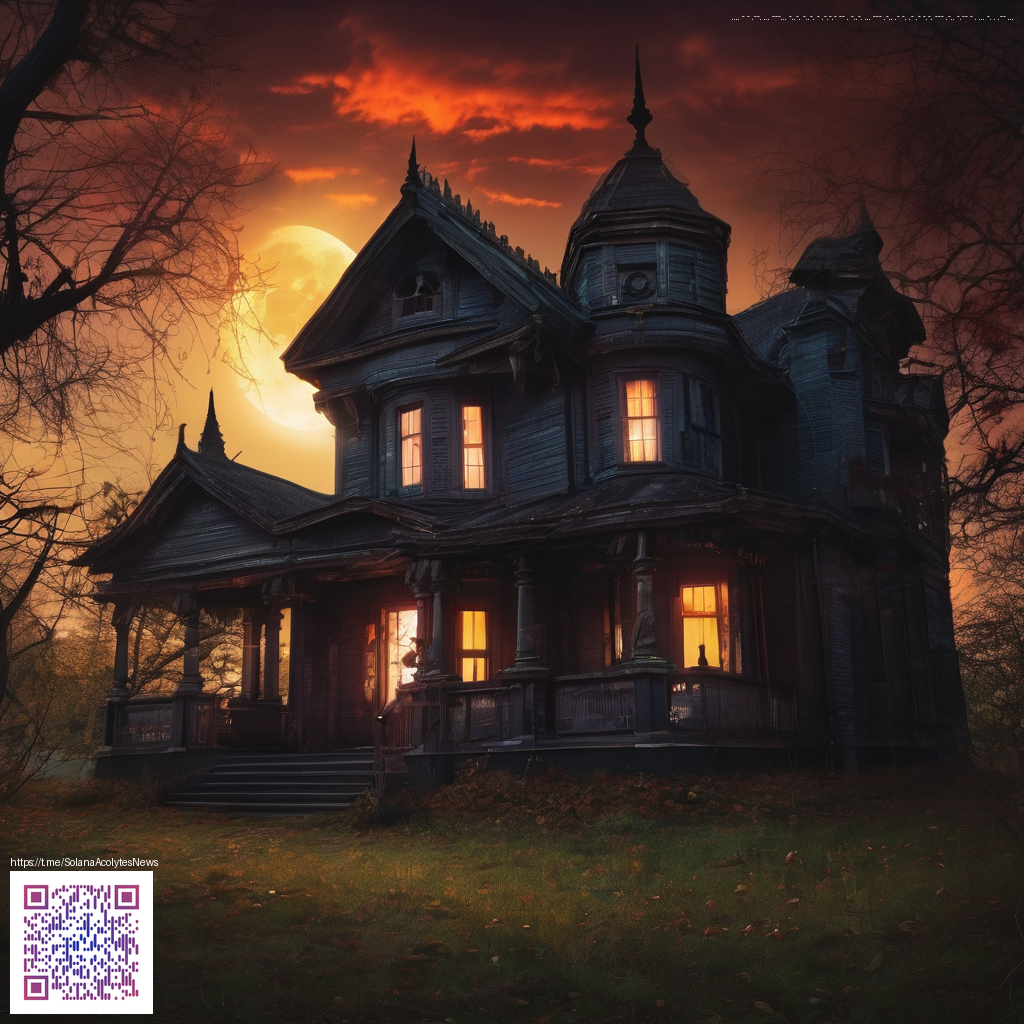
Digital Paper and Moodboards: A Creative Synergy
In modern design, the line between thought and visualization is bridged by digital paper—the virtual surface where ideas take shape, experiments unfold, and moods begin to crystallize. Unlike traditional moodboards, digital paper offers the freedom to layer, rearrange, and remix visuals with a few clicks. It becomes a living canvas for concept development, capable of supporting a team as it settles on a shared emotional arc for a project.
What digital paper unlocks for moodboarding
- Rapid idea capture: When inspiration strikes, you can drop in images, textures, and typography without committing to a final layout.
- Nonlinear exploration: Move elements around, duplicate panes, and test multiple directions side by side, all without making a mess.
- Layered storytelling: Build narratives by stacking color stories, texture palettes, and type scales on top of one another.
- Consistency with flexibility: Keep a cohesive visual language while inviting experimentation in composition and hierarchy.
- Collaborative workflow: Share, annotate, and iterate with teammates in real time, turning creative disagreement into curated direction.
“A moodboard is a conversation sparked by visuals. Digital paper speeds that dialogue, allowing ideas to be tested and tuned quickly.”
A practical workflow to maximize digital moodboarding
Begin with a clear brief, then create a digital space that mirrors your project’s emotional lane—be it bold and energetic or calm and restrained. Start by gathering a broad pool of references: color swatches, imagery, textures, and typography samples. Don’t censor yourself at this stage; the goal is breadth, not perfection. Once the material is in place, structure your digital board into logical lanes: color, texture, typography, and layout. This makes it easier to compare alternatives and spot gaps in your narrative.
Next, experiment with layers and variants. Duplicate a section to test an alternate color ramp or a different grid system, then compare the outcomes. Use short captions or sticky-note-style annotations to capture why a particular direction feels right or misplaced. Finally, refine by trimming redundancies and stitching together the strongest threads into a cohesive moodline that informs the design system for your project.
As you iterate, pay attention not only to visuals but to the emotional cadence. Moodboards aren’t just about what looks good; they’re about how the visuals make an audience feel. The best digital boards read as a story in motion—each element a beat that supports the overarching narrative.
The human side of digital work: comfort matters
Tech-enabled creativity thrives when the workspace supports long, focused sessions. Even small comfort upgrades can meaningfully extend productive hours and reduce fatigue. For example, dedicating a comfortable, ergonomic setup can improve precision and endurance during brainstorming sprints. The ergonomic memory foam mouse pad with wrist rest foot-shaped is a tangible reminder that thoughtful hardware design helps you stay engaged with your digital paper without distraction. When your body is at ease, your mind can roam more freely through ideas and connections.
In practice, pair this ergonomic aide with a well-organized digital moodboard: keep your screen at an inviting brightness, apply a color-coded tagging system for quick navigation, and preserve a dedicated space for ideas you want to revisit later. These small ergonomics and organizational choices compound into a smoother creative rhythm over the course of a project.
For readers who enjoy exploring complementary ideas, you can reference related resources hosted on the broader content ecosystem, such as this curated page: https://frame-static.zero-static.xyz/dcfbbe48.html.